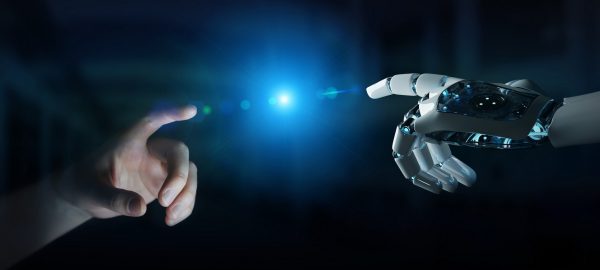Every heartbeat is initiated by an action potential (AP) that originates in the sinoatrial node and travels through the heart. It triggers a subsequent calcium release from the sarcoplasmic reticulum, initiating contraction of the cardiac cell. The electrical, calcium and mechanical signals are coupled by feedback loops and can be conceptualized as a system of three coupled oscillators. Neighboring cardiac cells communicate both electrically and mechanically. Electrical coupling occurs via gap junctions, channels that allow diffusion of ions between adjacent cells. Cardiomyocytes communicate mechanically by responding to the mechanical deformations generated by their neighbors in the extracellular matrix (ECM).
Here, we use a 2D cardiac tissue model (a monolayer of aligned cardiomyocytes cultured on an elastic substrate) to study the role of mechanical communication between cells in maintenance of normal conduction wave in the heart.






